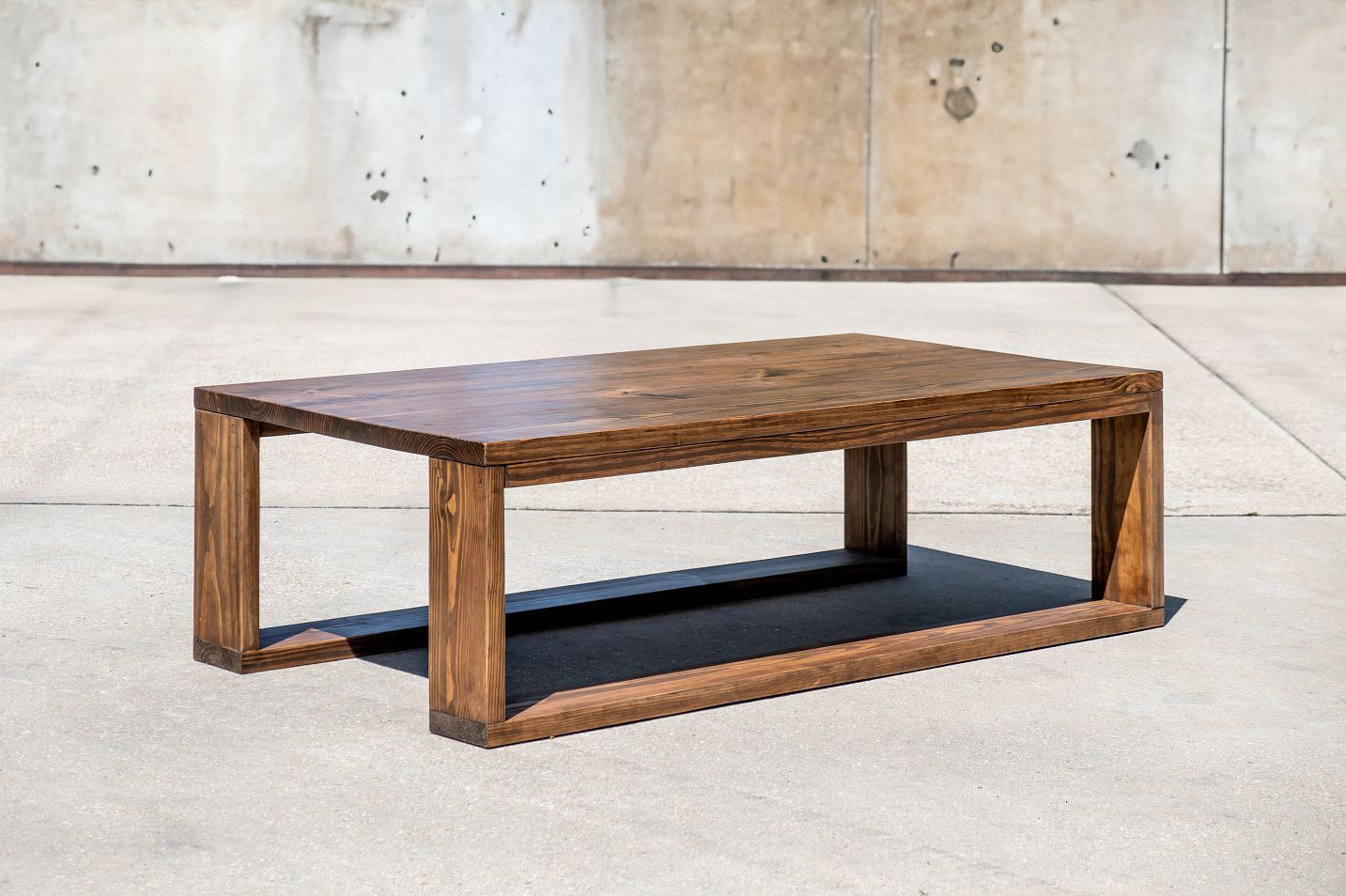
Coffee tables have long been a staple in living rooms around the world, serving as both functional and decorative pieces of furniture. But how did these humble tables evolve into the stylish statement pieces we see today? To understand their journey, we must delve into the history of coffee tables and trace their transformation over the years.
The origins of coffee tables can be traced back to the late 19th century in Europe, where they first appeared as low tables designed to hold coffee cups and snacks in stylish parlors. These early versions were often simple in design, with wooden frames and glass tops, reflecting the aesthetic sensibilities of the Victorian era.
As the 20th century dawned, coffee tables began to gain popularity in American homes, particularly during the rise of the modernist movement. Influential designers like Marcel Breuer and Ludwig Mies van der Rohe introduced sleek, minimalist designs that emphasized clean lines and geometric shapes. These modernist coffee tables were often made from materials like chrome, steel, and glass, reflecting the era's fascination with industrial materials and streamlined forms.
The mid-20th century brought further innovation to coffee table design, with iconic pieces like Isamu Noguchi's sculptural "Noguchi Table" and George Nelson's playful "Marshmallow Sofa" becoming emblematic of the era's avant-garde style. These designs pushed the boundaries of traditional furniture, blurring the lines between art and functional design.
In the latter half of the 20th century, coffee tables continued to evolve in response to changing tastes and lifestyles. The rise of postmodernism saw a resurgence of eclectic styles, with designers experimenting with bold colors, mixed materials, and unconventional shapes. Coffee tables became increasingly diverse in design, ranging from minimalist Scandinavian-inspired pieces to ornate, baroque-style creations.
Today, coffee tables occupy a central place in contemporary interior design, serving as focal points that anchor and define living spaces. Designers and homeowners alike embrace a wide range of styles, from sleek, minimalist designs to rustic, reclaimed wood tables with industrial accents. With the advent of online marketplaces and custom furniture artisans, there's never been a greater diversity of coffee table options available to consumers.
Beyond their aesthetic appeal, coffee tables also serve practical functions in modern living rooms. They provide a convenient surface for holding drinks, snacks, books, and decorative objects, facilitating social interaction and relaxation. Many coffee tables now come equipped with additional features, such as built-in storage compartments, lift-tops, and adjustable heights, catering to the diverse needs of today's consumers.
When selecting a coffee table for your space, it's essential to consider both form and function. Think about the size and shape of your room, as well as your lifestyle and design preferences. A well-chosen coffee table can enhance the overall aesthetic of your living room while providing years of enjoyment and utility.
In conclusion, the evolution of coffee tables reflects broader trends in design, technology, and culture throughout history. From their humble beginnings as utilitarian pieces of furniture to their status as iconic symbols of style and sophistication, coffee tables continue to captivate and inspire us with their timeless appeal. Whether you prefer classic elegance or contemporary flair, there's a coffee table out there to suit every taste and budget.
